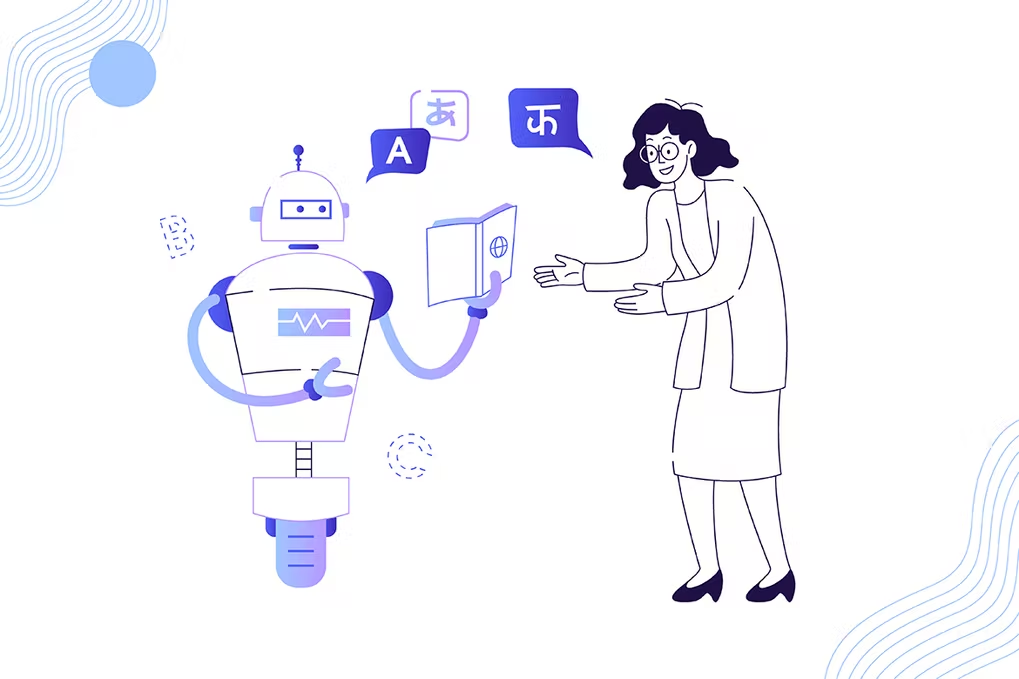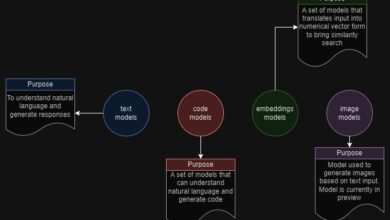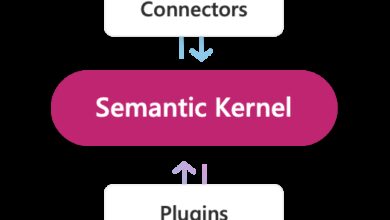What is Natural Processing Language, and How Does It Work?
# What is Natural Processing Language, and How Does It Work?
The field of Natural Language Processing (NLP) has experienced significant changes in recent years. NLP is a branch of Artificial Intelligence that focuses on enabling computers to understand human languages, both text and spoken words. It encompasses various methodologies and disciplines. This article serves as a general introduction to NLP and provides an overview of its workings.
## Natural Language Processing
NLP refers to the automatic processing of natural languages, with the goal of enabling computers to understand human language. It encompasses all aspects of language, including phonology, morphology, syntax, semantics, and pragmatics. NLP combines linguistic rules with statistical modeling and deep learning techniques. In the field of Computer Science, NLP involves formal language theory, compiler techniques, and human-to-machine interaction.
### Challenges in Natural Language Processing
Human language is complex and often ambiguous, posing challenges for machines when solving NLP problems. Machines require better representation and learning capabilities in order to understand language tasks. Additionally, humans rely on contextual information and background knowledge, such as implicit references and colloquialisms. Machines need detailed representations to extract meaning from language.
### Natural Language Processing in the Real World
NLP has become an integral part of our daily lives, with numerous applications implemented to make our lives easier. Some widely used applications include:
– Email platforms like Gmail and Outlook utilize NLP for tasks such as spam classification, priority inbox, and auto-complete text.
– Personal voice-based assistants like Siri, Cortana, and Alexa employ various NLP techniques to communicate with users and understand their needs.
– Modern search engines like Google and Bing heavily rely on NLP techniques for querying data, answering user questions, information retrieval, and search result ranking.
– Machine translation services like Google Translate use NLP for a wide range of translation scenarios.
– E-commerce platforms like Amazon extensively use NLP for tasks such as extracting information from product descriptions and analyzing sentiment from user reviews.
## How Does Natural Language Processing Work?
NLP models follow a series of steps to process textual sequential data. The generic NLP pipeline includes the following steps:
– Text Segmentation: Breaking a chunk of text into logical units.
– Case Conversion: Converting text segments to lowercase for easier processing.
– Tokenization of Words: Splitting the segmented units into individual words to understand syntactic and semantic information.
– Removing Punctuation Marks and Special Characters: Removing unnecessary characters that machines do not need to understand human language.
– Parts of Speech Tagging: Determining the parts of speech of words based on their context in a sentence.
– Lemmatization/Stemming: Reducing words to their base form by removing suffixes and performing morphological analysis.
– Embedding and Encoding: Encoding the preprocessed data to prepare it for machine processing. Techniques like Bag of Words, Integer Encoding, Word Embedding, N-grams, TF-IDF, Word2Vec, and FastText can be used.
## Conclusion
NLP models have evolved significantly, leveraging neural word embeddings and deep learning techniques to solve various problems. This article provides a basic guide to Natural Language Processing, its challenges, and its workings. We at Skrots.com offer similar services and solutions in the field of NLP. Visit us at [https://skrots.com](https://skrots.com) to learn more about our services and explore how we can assist you. Thank you for reading!




